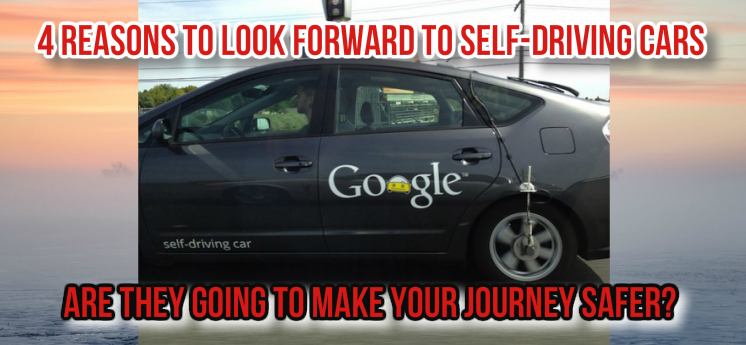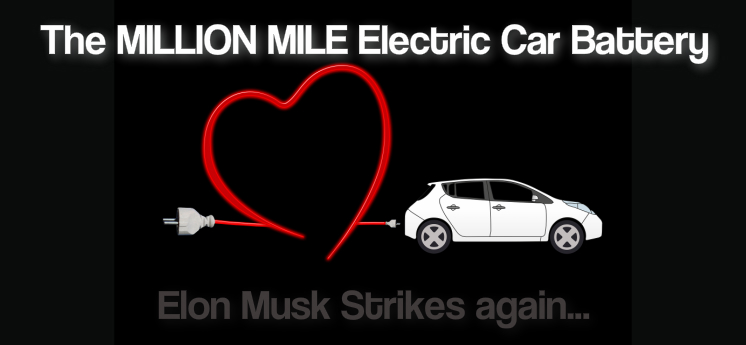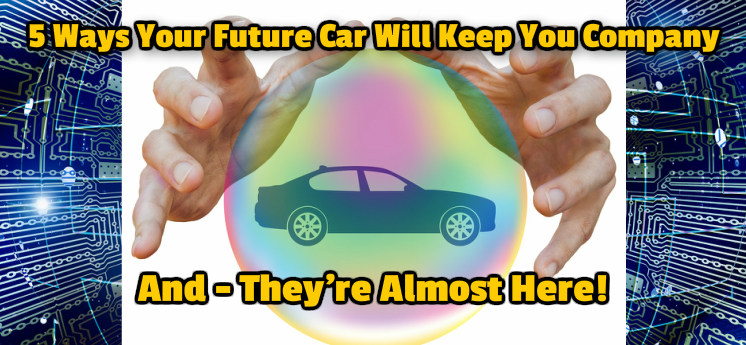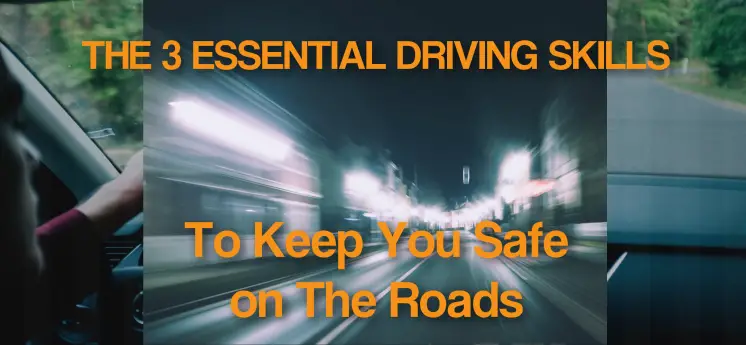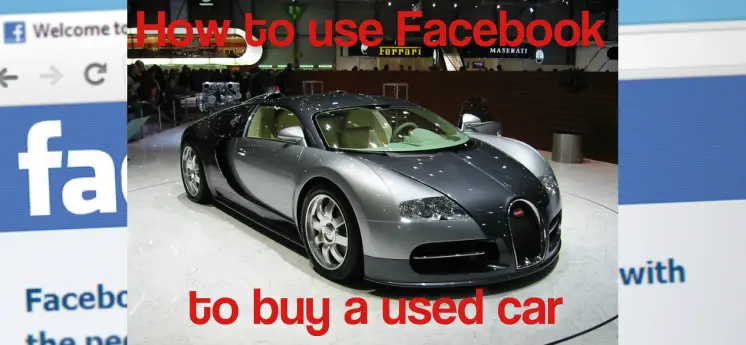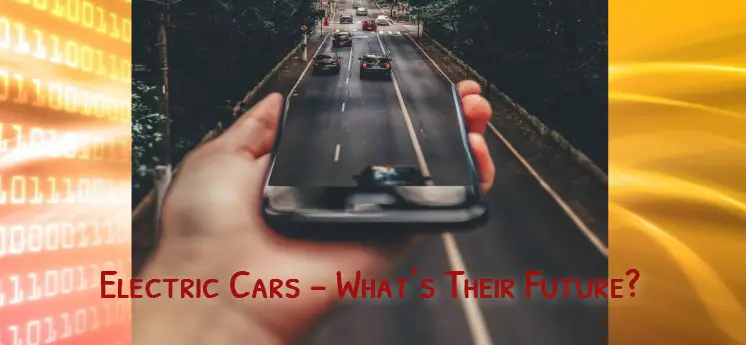There’s no getting away from it now self driving cars are going to be in our future. If you live in Milton Keynes in the United Kingdom then you’re probably already used to seeing Google’s self driving car navigating itself around the city. For most of us though they still seem like science fiction, they’re not, they’re here and they are here to stay.
But it’s going to take something pretty special to make us give up the pleasure of driving a car. Think about it, getting your driver’s license is one of the first things you do independently of your parents and it gives you the freedom to come and go under your own steam as an when you want to.
Driving is fun, and it’s liberating, so psychologically turning over the steering wheel to a computer is going to be a tough nut to crack. However, we’re going to have to soon. The question is, is that good thing? Here are 4 reasons to look forward to self driving cars.
All over the world, countless engineers for car companies and universities both are toiling away to perfect our future cars. The dream? A car that drives itself, is perfectly safe and is sustainable.
Here’s what Tesla has done so far…
Here’s more on the self driving cars Tesla has.
It’s much safer for everyone involved.
A human’s average reaction time when seeing something is around a quarter of a second. If someone brakes quickly in front of us, it then takes us that quarter second to start acting – and at this point, we haven’t even begun steering or braking!
A self driving cars onboard computer’s reaction time, on the lower end of current-day technology, is well over five times faster and completely skips over the issue with getting our muscles to move. The moment the onboard computer responds, the car is already steering, braking, or otherwise getting you to safety.
On top of the difference in reaction speed between humans and computers, there’s also the sheer amount of information a computer can access. We can see through our windows and mirrors, check the dials on the dashboard and the data displayed on our consoles, and then it’s up to human problem-solving skills.
In contrast, a computer sees all of the car’s surroundings all the time, can communicate with other cars, knows how traffic is way beyond our field of vision and is perfectly aware of what it can and cannot do to work with that information. A self-driving car is much less likely to make a bad decision and get stuck in a problem situation, even if it weren’t communicating with other cars, simply because it’s got much more information to work with.
Traffic will get more efficient, even with more people in it.
With every generation, more of us end up on the road. Traffic gets more and more chaotic, and it becomes more and more likely to jam. In a way, we’re looking at an overpopulation issue, and the only solution is to broaden our roads.
Now imagine mostly everyone driving autonomous cars, all of them communicating with each other. Mixing the response times of these cars with the information they have on hand, these cars can be much closer to each other, while driving no slower. More cars will fit on the same road, driving at the some – or even higher – speed as they’d do when man-driven, with a lower risk of traffic congestion. If nothing else, the prospect of a future with no traffic jams when going to work or home is nearly a reason by itself to welcome what’s happening.
No more reckless drivers
A human driver can drive drunk, too fast or slow, or without their full attention on the road. A human can get annoyed, or aggressive, or too tired to drive. An autonomous car doesn’t even have the emotions and judgment to begin making those mistakes. If a self-driving car is tailgating, that’s because it’s working with the car in front of it.
It’ll get even better with more of us
This one is a little bit vague, but let’s put it this way: the more of us who get driven by autonomous cars, the more certain investors will be of the technology as a whole. More investors mean the research into improving those same cars will also accelerate, which makes it all even safer and more efficient, which is exactly what we want from our vehicles.
On the other hand, with more autonomous cars driving around, there will be more data from those cars being collected for research purposes. More practical data, to be specific. With that data in the hands of the engineers responsible for our cars, the little flaws in our cars’ software will get smaller and smaller, until they’re gone entirely.
In short, the more people on board with new technology, the quicker that technology will develop. The quicker this technology will develop, the safer, quicker, and more efficient our traffic will get.
All in all, those are some major reasons why autonomous cars are a welcome addition to our futures. In the end, self-driving cars are not about taking away the fun in driving our vehicles. They are about making our primary means of transportation so much better and safer by taking our hands off that steering wheel.
How far would you trust the technology?
I mentioned earlier that it’s going to take some time before we all accept that self-driving cars are going to be in our future. And I want to round this post off with a bit of balance, which may even scare the sh!t out of you…
And there are a few self driving cars pros and cons, here’s one to wrap your head around. This is definitely putting your money where your mouth is, check this out.
Not for the faint-hearted!
But until this new technology is commonplace here are 3 essential driving skills you must have to keep you safe on today’s roads


























